And More!

“Sometime during the period 600-900 AD, legend has it that a Chinese alchemist mixed potassium nitrate, sulfur, and charcoal to produce a black, flaky powder – the first “gunpowder”. This powder was poured into hollowed out bamboo sticks (and later stiff paper tubes) forming the first man-made fireworks.” American Pyrotechnics Association
Today we give you a “hands-on” look at the ubiquitous Fourth of July Firecracker. This firecracker is an explosive device so a word of caution: “hands-on” only briefly, please! My own advice would be to stay completely away from them, but when used with the proper safety measures including safety glasses and a quick exit from the vicinity of the miniature stick of dynamite after lighting the fuse you may be able to avoid injury. These are not appropriate for children, so adults only, please. At any rate, it is worth knowing how they work.
Firecrackers are made of rolled cardboard or paper tubes filled with black powder, gunpowder, or sometimes flash powder. They could also be filled with flash paper and a fuse. Flash paper is also known as nitrocellulose, a tissue created with nitric acid that burns instantly when touched to a flame, without producing smoke or ash.
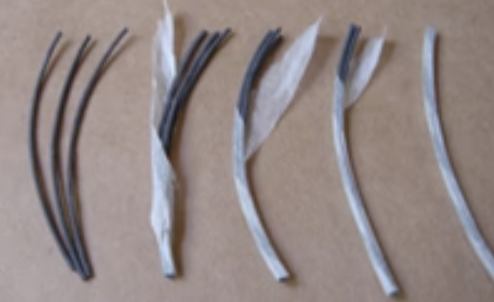
A common fuse used to ignite the powder inside a firecracker (while allowing a bit of time to distance oneself from the explosion) is known as a ‘black match’ fuse. It consists of a cotton string coated with black powder and glue and allows quick and easy burning of the firecrackers. It burns at a rate of about 2.5 cm/sec. (About 1” per second).
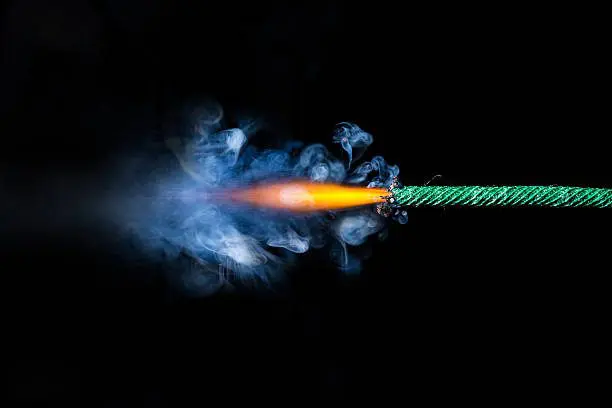
The lit fuse burns down into the firecracker igniting the powder. The powder ignites rapidly and explodes, causing the paper wrapping to burst and create loud noise, heat, and light. BOOM! Here is a 2-minute video explaining the process in a bit more detail.
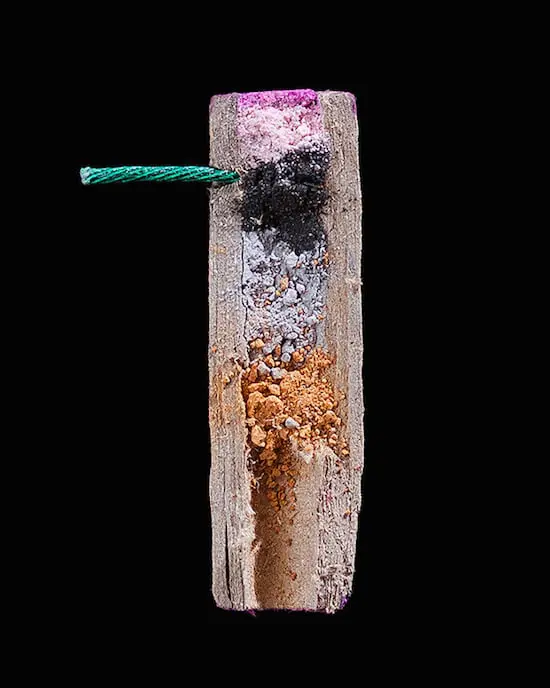
Cutaway View of a Firecracker showing potassium nitrate, charcoal, and sulfur
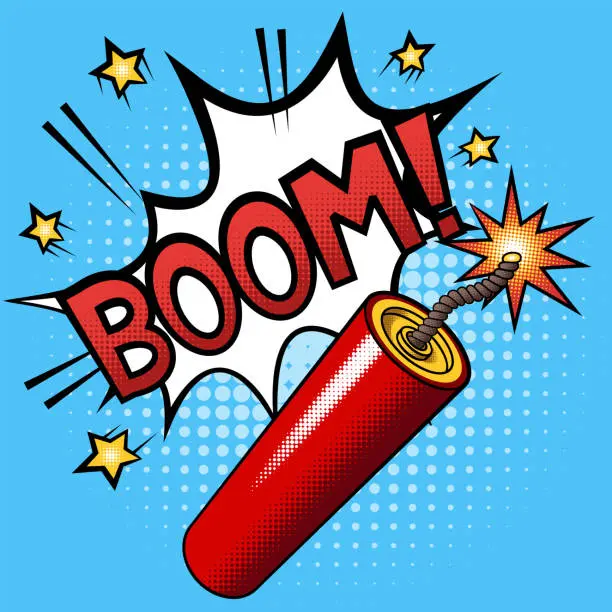
At the beginning of the firecracker evolution, the explosive powder (known as black powder) within was made of potassium nitrate, charcoal, and sulfur. Potassium nitrate is an inorganic salt with a chemical formula of KNO3. It is a natural source of nitrate and has been used as a constituent for several different purposes, including food preservatives, fertilizers, tree stump removal, rocket propellants, and fireworks. The potassium nitrate provides oxygen for combustion while the charcoal and sulfur act as fuel. The reaction of the three components generates a significant amount of gas, which expands rapidly and forcefully.

Other Uses for Potassium Nitrate
Today, this explosive powder is more refined, but the basic concept remains. One such refinement combining potassium nitrate and nitroglycerin is used in the manufacture of ammunition. Potassium nitrate, as you can now understand, has long been used for gunpowder and fireworks.
What you may not know, however, are some other surprising uses of the compound.
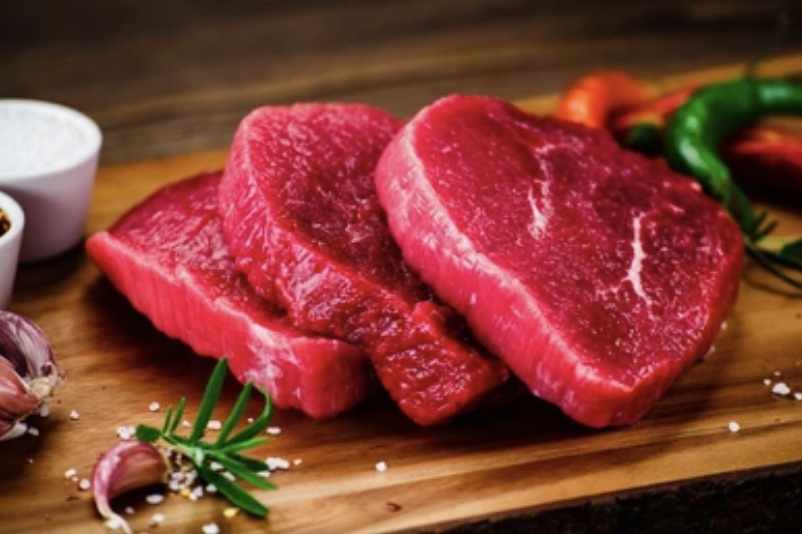
Don’t be surprised to find potassium nitrate in your food! Sodium or potassium salts of nitrate and nitrite are added to meat and other food products to prevent the growth of the dangerous bacteria Clostridium botulinum which produces a deadly neurotoxin causing food poisoning. It is also used as a food preservative, and to make meat appear red in color.
Potassium nitrate is also a medication. It is used to cauterize small wounds, remove granulation tissue, warts, and verrucae, and treat tooth sensitivity through the use of specialty toothpastes.

POTASSIUM NITRATE
Sensodyne toothpastes with potassium nitrate depolarize the nerves inside your teeth, preventing them from sending pain signals when they come in contact with sensitivity triggers such as a burst of cold air or hot coffee.
There you have it. Be safe!
Welcome to 3-Minutes A Day University, where every day you can learn a little about a lot of things in three minutes or less. We help you expand your knowledge and understanding of the real world, and 3-MAD University is tuition-free. Our wide-ranging syllabus includes a fascinating insight into topics including Health and Medicine, Science, Sports, Geography, History, Culinary Arts, Finance and the Economy, Music and Entertainment, and dozens more. You will impress yourself, your friends, and your family with how easy it is to learn facts and perspectives about the world around you. One topic you will never find covered is politics. We hope you enjoyed the previous three minutes.

Was this email forwarded to you? Subscribe Here.
© Copyright 2024. 3-Minutes A Day University All Rights Reserved. Unsubscribe

